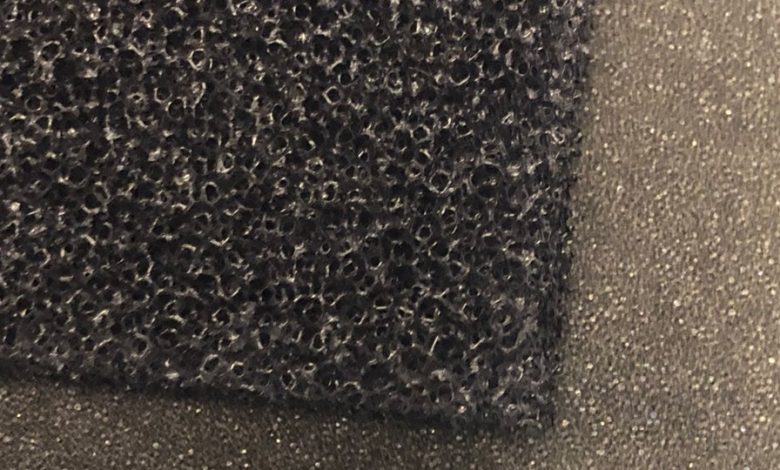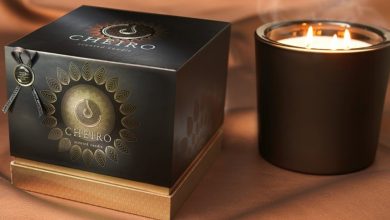Open Cell V/S Closed Cell Foam: Which Do You Need?

Foam plants manufacture foam, which is widely used in multiple sectors. The elastic nature of the foam is now used in bedding, furniture, and packaging available in both open cell and closed cell. One of the main reasons behind this foam usage boost is foam plants with proper equipment.
Entering the vast world of foaming without knowing the difference between open-cell and closed-cell foam will confuse you. Anyone needs to understand the difference between open vs. closed cell foam to make sure you choose the best option that suits you the best according to your particular requirements.
Before understanding the difference between these two types of foam, let us look at what foam is and why foams are used in various industries.
Foams are materials made by trapping pockets of gas in a solid or liquid. Open-cell foam and Closed-cell foam are the two types of solid foam. The volume of gas is high in most foams, with thin films of solid or liquid to separate the areas of gas.

Uses of Foam
The function of foam varies in forms as custom foam sheets, insulation foam rolls, molded foam products, protective foam packaging, and specially made foam products for individual industries or applications. The use of foam covers a wide range of industries such as electronic & automotive, marine, footwear, building & construction, packaging, healthcare, furniture & bedding, and sports & recreational. In addition, various industrial uses such as fuel efficiency, vibration absorption, weight reduction, and durability are addressed by foam.
In a foam plant. foaming machine is used to manufacture the foam while foam cutting machines cut big foam blocks into desirable shapes.
Continuous foaming machines are designed to maximize the industrial production of foam sheets or slabs. The main objective of continuous foaming machines is to make large-scale quality foam products. Continuous foaming machines have become very famous recently and are used by foam plants and futuristic industries. One big difference between this foaming machine and batch type is that the entire process happens at one location. Continuous foam machines got their name from the process of continuously making foam products on a machine until it runs out of supplies.
Types of Foams
Foams are categorized into two major types, open cell foam and closed cell foam. Both these two types of foams serve exceptional cushioning and protective performance. However, the most remarkable quality of foam advantage is cushion & protection as compared to the other rigid plastic and wood materials.
A few common types of foam are Polyethylene Foam, EVA Foam, and polyurethane foam. In other words, a foam material is simply a version of expanded rubber and plastic. As foam materials usually possess high resilience and elasticity, they are better at providing cushioning and support for other products. In addition, foam materials can efficiently reduce the impacts of multiple industrial hazards like vibration, compression, and shock absorption.
Thus, the two major types of Foam are-
Open-Cell Foam
- Open-cell foams are rubber-like materials or products produced by accumulating an inflating agent, like sodium carbonate, inside the rubber compound. It is known as ‘open cell foam’ as more than half of its cells are open.
- They allow air to occupy spaces within the cells. They are usually lightweight and have a sponge-like appearance with soft, cushioning features. Open cell foams are ideal for noise suppression and soundproofing.
- It is beneficial for a wide range of purposes such as low-cost furniture upholstery, soundproofing for buildings, interior design projects, foam protective packaging, and application required for permeable vapor, moisture, or air. Some examples of open-cell foams are Open Cell Nitrile Foam, Polyurethane Foam, Open Cell EPDM Foam, and Reticulated Polyurethane Foam.
Closed-Cell Foam
- Closed-cell foams are durable and flexible plastic rubber materials or products made of internal pores or cells. These cells are completely enclosed and do not interconnect with other cells. Therefore, there is no chance of air getting inside the material in closed-cell foam.
- Usually, they are formed by exposing a rubber compound to gas, like nitrogen, under high pressure. They can also be made by accumulating gas-forming materials inside the rubber compound. Closed-cell foams are superior moisture barriers and provide excellent resistance to leakages. They are beneficial and reliable for various uses in both interior and exterior environments.
- They effectively reduce vapor transmission and are best for providing sound and heat insulation. In addition, they are effective in increasing structural strength. Examples of closed-cell foams include Polyethylene Foam (EPE Foam, XLPE Foam), SBR Foam Rubber, PVC Foam Rubber, EVA Foam, Closed Cell EPDM Foam Rubber, and Closed Cell PVC/ Nitrile Foam.
Difference between Open-Cell and Closed-Cell Foam
- The primary difference between the two types of foams is that open-cell foams are generally softer and more breathable when compared with closed-cell foams, as they tend to be more solid or firmer.
- Another difference is that open-cell foams are less dense and conform to sealing applications more readily than closed-cell foams, as they are denser & carry a heavy weight.
- Further, open-cell foams offer more spring when compared to closed-cell foams, which are less springy. With respect to the expansion rate, open-cell foam has a higher expansion rate when compared to closed-cell foam, and hence open-cell foam becomes an ideal choice for homes. On the other hand, closed-cell foam has an extremely minimal expansion rate as it is a denser material. However, it can still create the same air barrier and provides excellent benefits.
- Closed-cell foams have outstanding resistance to air, water, or moisture compared to open-cell foams, which are permeable. As closed-cell foams can easily resist water and not make cushions heavier or tougher to dry out, their usage is often in outdoor cushions. Closed-cell also provides for when a sturdier, durable structure is necessary as packaging and shipping needs, protection barriers, and more.
- When looking at the durability factor, open-cell foam is less durable than closed-cell foam which is generally more durable and longer lasting, However in terms of rips or tears, closed-cell is tougher than open cell, which is more vulnerable and susceptible to surface damage.
- Concerning the cost of material in use, open-cell foam requires lower expenditure than closed-cell foam. As closed-cell provides higher durability, the material costs also lead to higher amounts.
Conclusion
When deciding which one is best suited for you and choosing between the two, the determining factors will be the application type and the desired results. Both types of foams offer high performance with excellent lasting endurance. Depending upon what you are looking for and balancing the pros and cons of both types of foams can help you decide what is best for you.
If you desire a waterproof foam with excellent thermal insulation, resistance, and durability, you should go for closed-cell foam. On the other hand, if you have a limited budget and want exceptional soundproof foam, you should go for open-cell foam. It is not easy to pick one over the other. It is about what you want and what is accurate for you. Hopefully, with all the information, you have found your answer to what’s best for you.
Santech Industries is the leading manufacturer and supplier of foaming, foam cutting machines. The standard manufacturing process ensures superior product performance, quality, and efficiency. To achieve client satisfaction, we provide customized post-sale services and support.
This Article Listed Under Business Category.




